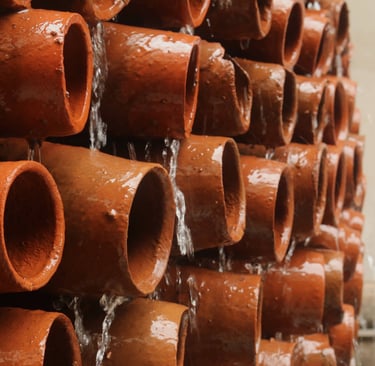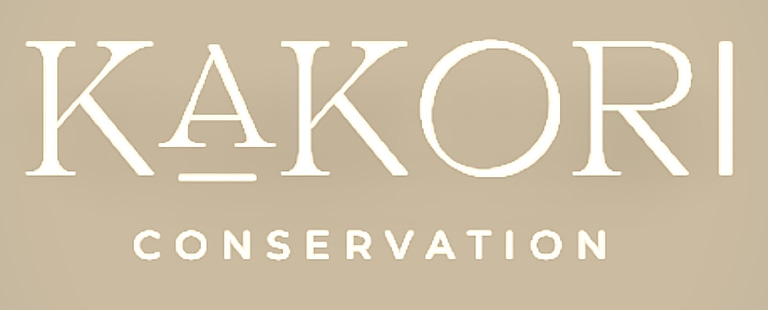Cooling with Clay
Category: Innovation Series | Field Note
Hwange’s heat is relentless. Air conditioners are loud, expensive, and unreliable in remote areas. At Kakori, we asked a radical question: what if we let nature do the cooling?
Conservation hubs in Africa face a familiar challenge: how to create comfortable, functional spaces for researchers, students, and community members. Traditional solutions rely on mechanical cooling — air conditioners that consume vast amounts of energy and demand constant maintenance.
In rural Zimbabwe, where electricity is unreliable and costly, this approach is unsustainable. The result? Buildings that are either unbearably hot or prohibitively expensive to operate.
Kakori turned to biophilic design — an architectural philosophy that uses nature as a model. By studying natural processes, we designed the Conservation Hub to regulate its own climate:
Earthen pottery walls lined with dripping water create evaporative cooling, lowering indoor temperatures naturally.
Underground venting systems draw cooler air from beneath the earth’s surface, circulating it upward to balance airflow.
Strategic window placement maximizes natural light and cross-breezes.
Locally sourced clay and natural materials reduce embodied energy and carbon footprint.
The result: a building that breathes, cools, and lives in harmony with its environment.
Comfortable working spaces for staff, researchers, and community groups — without dependence on air conditioning.
Reduced energy costs, freeing resources for frontline conservation.
Lower carbon footprint, aligning infrastructure with Kakori’s sustainability values.
A replicable model for conservation hubs across hot climates worldwide.
Visitors to the Hub don’t just see innovation — they feel it in the air.
Biophilic design at Kakori isn’t just an architectural choice — it’s a philosophy. By letting nature guide us, we create spaces that are not only functional but also inspirational.
Our Hub shows that conservation is not limited to protecting the outside landscape — it extends to how we build, how we live, and how we sustain ourselves.
Support Kakori’s commitment to nature-inspired infrastructure. Together, we can expand biophilic design across Africa’s conservation landscape, building spaces that protect both people and planet.
Word count: ~756




